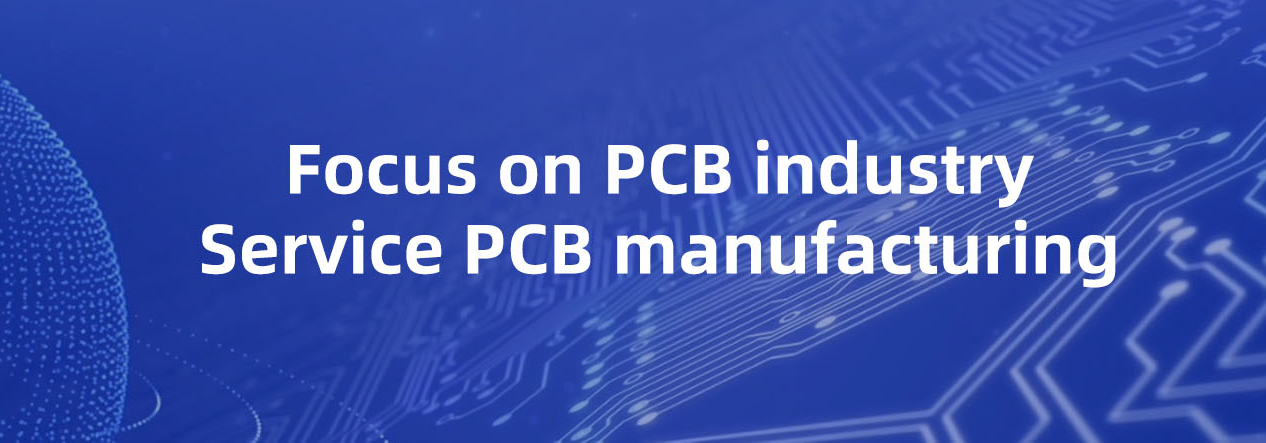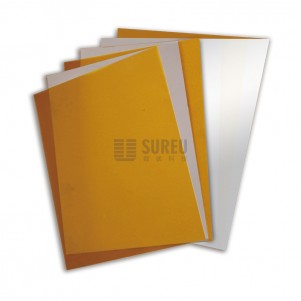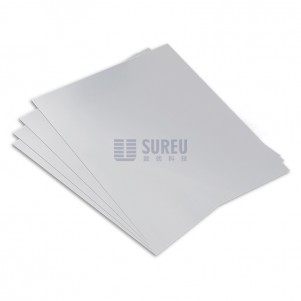The trend of multi-layer, functional, integrated and light, thin, short and small in PCB design and manufacturing has put forward more requirements and challenges for PCB design and manufacturing. The drilling process is an indispensable and very important process in the manufacturing process of printed circuit board. Its processing quality not only affects the electrical connection of the finished board, the plug-in and positioning of components, but also affects the reliability of the test, processing and application of the finished board. The drilling area of the printed circuit board is a relatively weak area in the whole printed circuit board, especially the dense hole area, which is prone to quality problems in post-processing procedures, testing and Applications (such as degumming plating, thermal shock testing, reflow soldering, CAF, etc.).
In recent years, with the improvement demand of printed circuit board technology and drilling technology, printed circuit board manufacturers have continuously strengthened the improvement or upgrading of printed circuit board technology, and also strengthened the improvement research of drilling processing technology. Newly purchased high-speed CNC drilling machines, upgrading of existing CNC drilling machines, optimization of drilling parameters and improvement of requirements for drilling auxiliary materials such as drill pins, covers / pads. However, due to the financial crisis, the increase in labor costs, environmental protection upgrading and other factors, the profits of printed circuit boards are declining, and manufacturers have to increase the control and management of production cost reduction. Drilling process is an important process in PCB manufacturing. With the development of microporous, high-precision, high-quality and diversified drilling technology, the drilling cost is further increased. Therefore, the cost reduction of drilling process is also proposed, and many measures are taken, such as improving drilling efficiency and reducing drilling material cost. The cover / pad industry also faces the requirement of reducing the cost of printed circuit boards.
In recent years, with the development and upgrading of microporous, high-precision, high-quality and diversified drilling technology, the cover / pad also faces new demands and challenges
1. Low cost
The fierce competition in the manufacturing of printed circuit boards, the upgrading of environmental protection and the increase of labor costs have caused the continuous decline of manufacturing profits. The survival space of some enterprises has been greatly affected. In particular, some low-end and medium-end printed circuit board manufacturers or OEM manufacturers with low profits have increased their cost control efforts one after another, and put forward the demand for cost reduction for the cover / pad for drilling. At present, some common covers / pads for low-end drilling, such as aluminum sheet and wood fiber board, have a low profit; Cover / backing plates for medium and high-grade applications, such as cold punching plate, melamine plate and phenolic plate, are also largely suppressed by cost. The low cost of cover / backing plate greatly affects the development and improvement of its products and technologies.
2. Fine differentiation
The difference in drilling technology of many kinds of printed circuit boards, the need for different processing apertures and cost control have also led to the fine differentiation of the cover / backing plate. The cover plate includes ordinary aluminum sheet, cold punching plate, coated aluminum sheet, etc. according to the needs of different apertures, there are also subdivisions of different thickness requirements of the cover plate. Even the coated aluminum sheet has different thickness and formula; The backing plates include wood fiber board, melamine board, phenolic board, etc. wood fiber board can be divided into medium and high density wood fiber board, melamine board can be divided into glued or bonded melamine board, fast pressing melamine board, hot pressing melamine board, and phenolic board can be divided into conventional phenolic board and special phenolic board for small hole drilling.
3. Functionalization
With the development of printed circuit board technology, there are many types of printed circuit boards. There are differences in the specifications, drilling processing methods and requirements, and hole diameters of different types of printed circuit boards; At the same time, with the improvement of drilling technology and requirements, there are differences in drilling technology and quality of different specifications, orders and customers, which make different functional requirements for cover / pad. For example, cover / pad for some high thickness diameter ratio plates and thick copper plates tend to have heat dissipation function, and cover / pad for some printed circuit boards with high hole accuracy requirements tend to improve hole position accuracy, If the flatness of some large-sized thick plates is insufficient, a cover / backing plate that can solve the problem of flapping is required. For example, the coated aluminum sheet can be divided into high hole accuracy type, high heat dissipation type, high lubrication type and comprehensive type according to different needs.
4. Supporting scheme
At present, the drilling technology of printed circuit boards is more and more differentiated and refined, and the cost control requirements are higher and higher. The drilling processing is no longer a simple combination of materials, but an optimized combination of drill pins, covers / pads and drilling parameters. If the HDI board increases the number of laminates to improve the drilling efficiency, the coated aluminum sheet is required to match with the backing plate; For small hole drilling of soft plate, cold punching plate or coated aluminum sheet shall be matched with phenolic plate; For high-frequency and high-speed multilayer boards, the heat dissipation type coated aluminum sheet is required to be matched with the heat promotion or heat dissipation type backing plate; Thick copper plate needs heat dissipation type coated aluminum sheet.
Match with heat dissipation type backing plate. The optimized cover / pad matching scheme is not only conducive to solving the drilling problem and improving the drilling quality, but also can improve the drilling efficiency and reduce the cost, which greatly improves the cost performance ratio of PCB drilling processing.
The reform and development of drilling rig technology have promoted the reform and development of the cover plate industry, and the technical progress of the cover plate industry has also affected and improved the drilling technology. The coated aluminum sheet is a good example. In the early years, Mitsubishi Gas developed Le coated aluminum sheet. The high and monopoly price makes it only used by a few printed circuit boards of a few enterprises. Although it has excellent drilling performance, its cost performance and drilling performance are not accepted and recognized by the majority of printed circuit board manufacturers. In recent years, some enterprises at home and abroad have gradually developed their own coated aluminum sheets.













